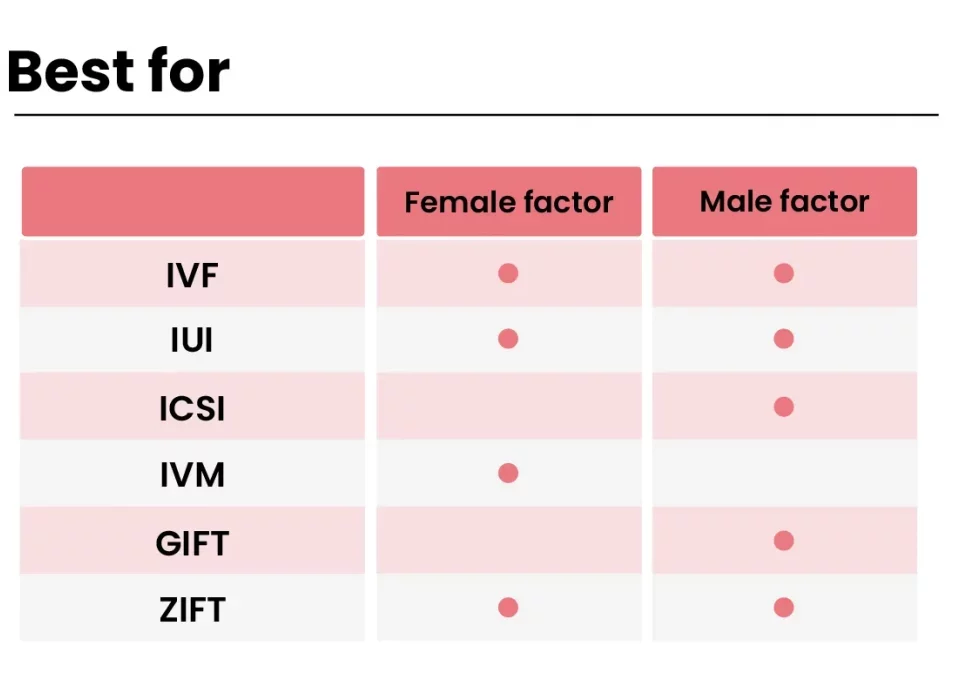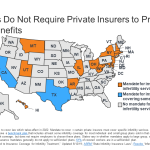
Will Insurance Cover IVF? Your Guide to Costs, Coverage, and Options
April 2, 2025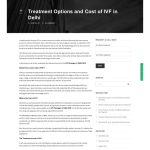
How Much Is IVF Treatment? A Deep Dive Into Costs, Options, and What You Need to Know
April 2, 2025How Expensive Is IVF? A Deep Dive into Costs, Options, and What You Need to Know
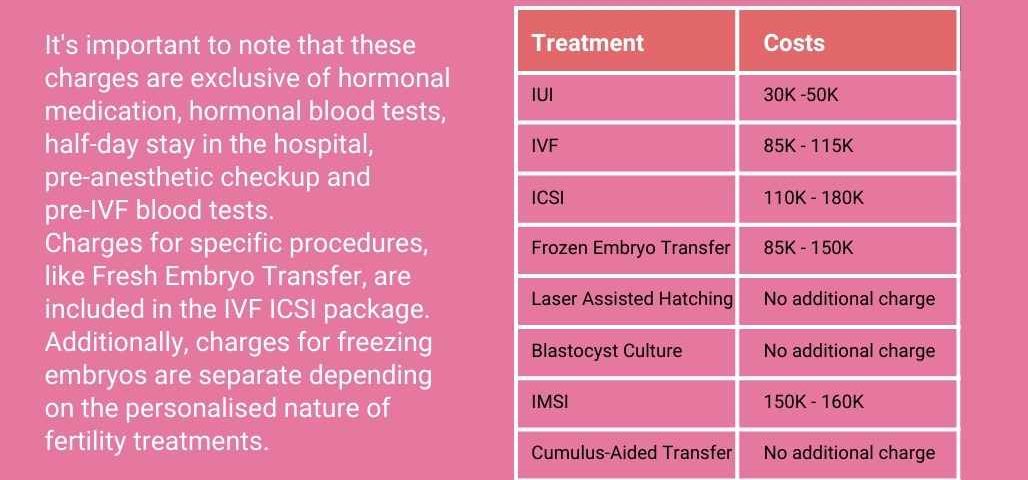
How Expensive Is IVF? A Deep Dive into Costs, Options, and What You Need to Know
In vitro fertilization (IVF) is a life-changing option for many people dreaming of starting a family. But if you’ve started researching it, you’ve probably noticed one thing fast: it’s not cheap. The price tag can feel overwhelming, and the numbers you see online might leave you with more questions than answers. How much does IVF really cost? Why does it vary so much? And what can you do to make it more affordable?
This article is your guide to understanding the true cost of IVF in 2025. We’ll break down every piece of the puzzle— from the obvious expenses to the hidden ones— and dig into the latest trends, research, and real-world insights. Whether you’re just exploring your options or ready to take the plunge, you’ll walk away with a clearer picture and some practical tips to navigate this journey.
What’s the Average Cost of IVF in 2025?
IVF costs can feel like a moving target, but let’s start with the basics. In the United States, the average price for one IVF cycle in 2025 hovers between $14,000 and $25,000. That’s the “base fee” you’ll see quoted most often, covering things like doctor visits, egg retrieval, and embryo transfer. But here’s the catch: that’s just the starting point. Most people don’t get pregnant on their first try, and extras like medications or special procedures can push the total much higher.
According to the American Society for Reproductive Medicine (ASRM), about 60% of patients need more than one cycle to have a baby. If you factor in two or three cycles, you’re looking at $30,000 to $75,000 on average. That’s a big range, right? So, what’s driving those numbers? Location, clinic reputation, and your unique medical needs all play a role. For example, IVF in a big city like San Francisco might cost $24,000 per cycle, while a clinic in a smaller town could charge closer to $15,000.
But averages only tell part of the story. Let’s peel back the layers and see what’s really going on.
Breaking Down the Costs: What Are You Actually Paying For?
IVF isn’t one simple procedure— it’s a series of steps, each with its own price tag. Understanding what you’re paying for can help you budget better and spot areas where you might save. Here’s a breakdown of the main costs:
The Base Fee: $9,000–$14,000
This is the core of your IVF cycle. It usually includes:
- Monitoring appointments (ultrasounds and blood tests to track your progress)
- Egg retrieval (a minor surgery to collect eggs from your ovaries)
- Lab work (where the eggs meet the sperm and embryos are created)
- Embryo transfer (placing the embryo in your uterus)
Think of this as the “entry ticket” to IVF. But it doesn’t cover everything.
Medications: $3,000–$7,000
IVF relies on drugs to boost your egg production and prep your body for pregnancy. These meds— like gonadotropins or luteal support hormones— aren’t cheap. Costs depend on your dose and how your body responds. Some people need more meds, others less. A 2024 study from Fertility and Sterility found that medication costs have jumped 10% in the last two years due to supply chain issues.
Extra Procedures: $1,500–$6,000+
Want to boost your chances? You might add:
- ICSI (Intracytoplasmic Sperm Injection): $1,500–$3,000. This is when a single sperm is injected into an egg, often used for male infertility.
- PGS (Preimplantation Genetic Screening): $2,000–$5,000. Tests embryos for genetic issues before transfer.
- Frozen Embryo Transfer (FET): $3,000–$6,000. If you freeze embryos and use them later, this is the cost to thaw and transfer them.
Hidden Costs: $500–$2,000
These sneaky expenses can add up:
- Initial consultation and tests ($250–$500)
- Travel or time off work (varies widely)
- Storage fees for frozen embryos ($500–$1,000 per year)
Here’s a quick table to sum it up:
| Expense | Cost Range | What It Covers |
|---|---|---|
| Base Fee | $9,000–$14,000 | Monitoring, retrieval, transfer |
| Medications | $3,000–$7,000 | Hormones and fertility drugs |
| ICSI | $1,500–$3,000 | Sperm injection into egg |
| PGS | $2,000–$5,000 | Genetic testing of embryos |
| Frozen Embryo Transfer | $3,000–$6,000 | Thawing and transferring frozen embryos |
| Hidden Costs | $500–$2,000 | Tests, travel, storage |
Seeing these numbers might feel daunting, but knowing what’s included can help you plan— and maybe even negotiate with your clinic.
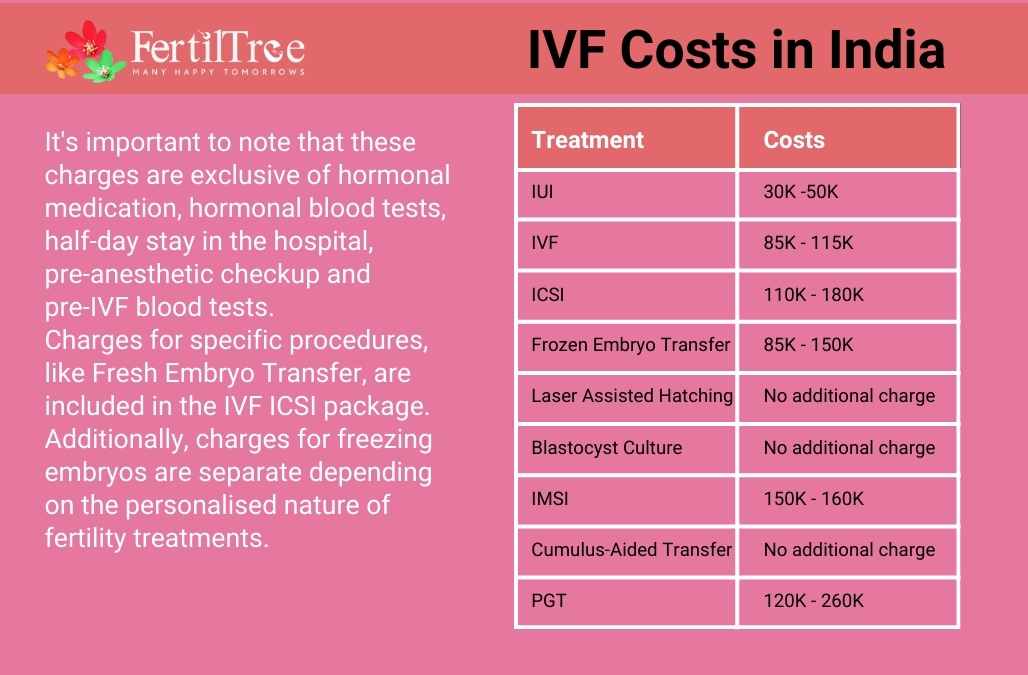
Why Does IVF Cost So Much?
IVF isn’t just a medical procedure; it’s a high-tech process that takes a team of experts and cutting-edge equipment. Ever wonder why it’s so pricey? Here are the big reasons:
Advanced Technology
Creating life in a lab isn’t simple. Clinics use specialized tools like incubators and microscopes, plus techniques like ICSI or PGS that require skilled embryologists. A 2023 report from the National Institutes of Health (NIH) notes that lab costs account for about 30% of an IVF cycle’s price.
Expert Staff
You’re not just paying for a doctor. There’s a whole crew— nurses, lab techs, anesthesiologists— working behind the scenes. In high-demand areas, salaries for these pros are steep, driving up clinic fees.
Low Success Rates Mean More Tries
IVF isn’t a sure thing. The CDC says women under 35 have about a 55% chance of success per cycle, dropping to 8% for those over 40. If it doesn’t work the first time, you’re back for round two (or three), piling on costs.
Location, Location, Location
Where you live matters. Clinics in pricey cities have higher rent and staff costs, which get passed on to you. For instance, IVF in New Jersey averages $22,999, while in rural Texas, it might be $18,000.
So, it’s not just “expensive for no reason”— it’s a mix of science, skill, and geography. But that doesn’t mean you’re stuck with the full bill.
How Success Rates Affect the Real Cost
Here’s a twist: the “cost per cycle” isn’t the same as the “cost to have a baby.” Success rates play a huge role in how much you’ll ultimately spend. Let’s look at the numbers.
The CDC’s 2022 data (the latest detailed stats available) shows:
- Under 35: 55% success rate per cycle
- 35–37: 40%
- 38–40: 26%
- Over 40: 8%
If you’re 32 and it works on the first try, you might spend $20,000 total. But if you’re 39 and need three cycles, that’s closer to $60,000. Age isn’t the only factor— things like sperm quality or uterine health matter too— but it’s a big one.
Here’s a simple way to think about it: the lower your odds, the more cycles you might need, and the higher your total cost. Clinics with better success rates might charge more upfront, but they could save you money in the long run by getting it right faster.
Quick Quiz: What’s Your IVF Cost Risk?
Answer these to see where you might land:
- Are you under 35? (✔️ Lower cost risk / ❌ Higher cost risk)
- Do you have known fertility issues like PCOS or low sperm count? (✔️ Higher cost risk / ❌ Lower cost risk)
- Can you afford multiple cycles? (✔️ Lower stress / ❌ Higher financial strain)
More ✔️s mean you’re likely to spend less overall. More ❌s? Time to dig into cost-saving options.
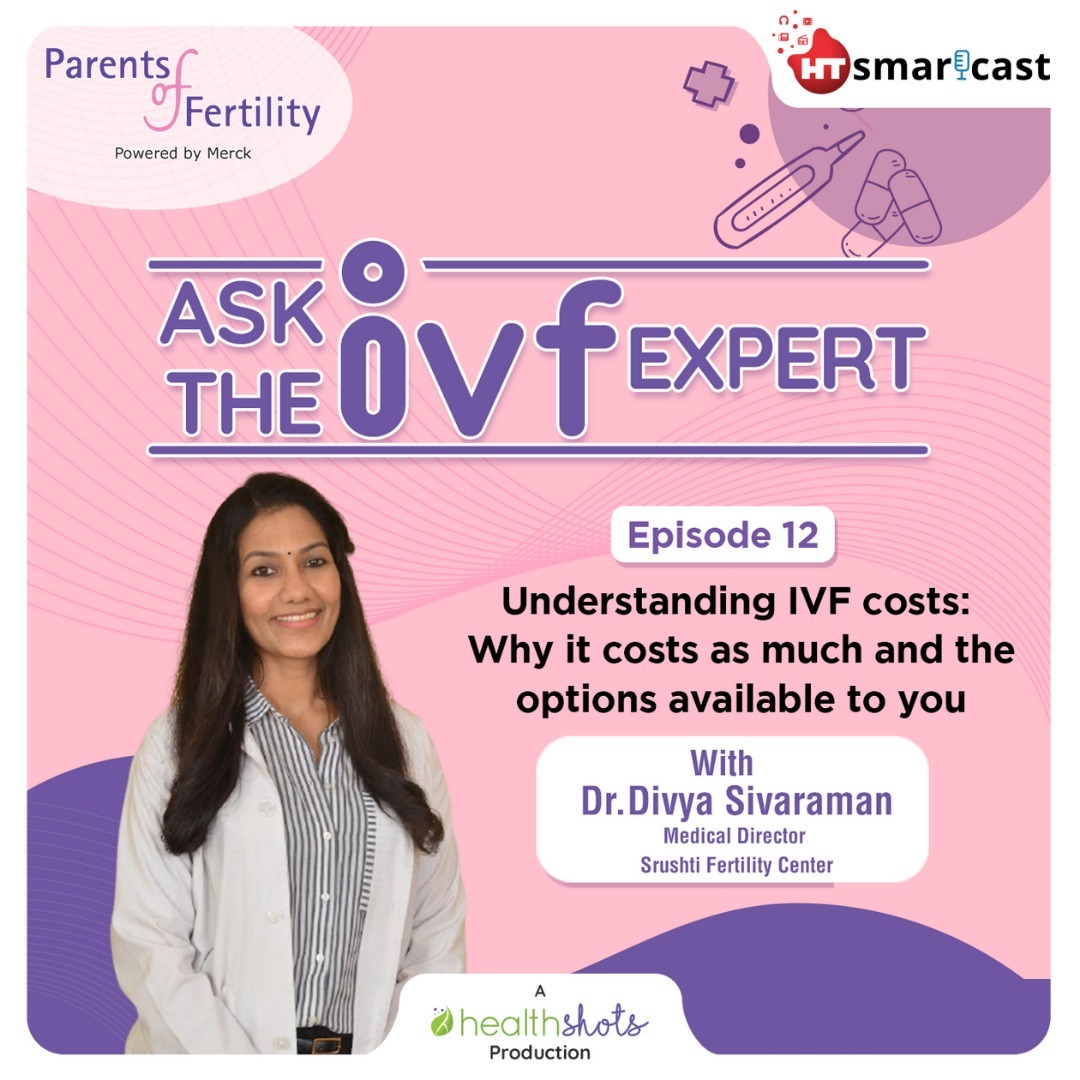
Insurance and IVF: Will It Help?
Insurance can be a game-changer— or a total letdown. In 2025, coverage for IVF is still spotty in the U.S. Only 21 states have laws requiring some fertility coverage, and even then, IVF isn’t always included. Places like New York and Massachusetts offer decent options, but in states like Florida or Idaho, you’re mostly on your own.
If you’ve got insurance, check:
- Does it cover diagnostics (tests) but not treatment? (Common)
- Is there a cap, like $10,000 lifetime coverage?
- Are meds included, or just procedures?
A 2024 Kaiser Family Foundation report found that only 25% of large employers cover IVF, and even then, it’s partial. For example, you might get $5,000 toward a cycle, leaving you to foot the rest. If you’re uninsured, don’t panic— there are other ways to lighten the load.
Creative Ways to Cut IVF Costs
IVF’s price doesn’t have to break you. People are getting creative, and new trends in 2025 are opening doors. Here’s how to save:
Mini IVF: A Cheaper Alternative
Mini IVF uses lower doses of meds, dropping the cost to $5,000–$7,000 per cycle. It’s less intense but still effective for some, especially younger women with good egg reserves. A 2023 study in Human Reproduction found mini IVF success rates rival traditional IVF for certain patients, with 40% conceiving in one cycle.
Fertility Financing
Clinics and companies like ARC Fertility offer loans tailored for IVF. You might pay $300 a month instead of $20,000 upfront. Interest rates vary (5%–15%), so shop around.
Shared Risk Programs
Some clinics offer “money-back guarantees.” Pay $25,000–$30,000 upfront for multiple cycles, and if you don’t have a baby, you get a refund. It’s a gamble, but it caps your risk.
Travel for Treatment
IVF abroad can slash costs. Spain averages $6,000 per cycle, Mexico around $5,000. Add travel expenses, and it’s still often cheaper than the U.S. Just research clinic quality— success rates matter more than savings.
Grants and Discounts
Nonprofits like BabyQuest or the Tinina Q. Cade Foundation offer IVF grants up to $15,000. Clinics sometimes discount cash payments too— ask!
Here’s a checklist to start saving:
✔️ Compare mini IVF vs. traditional with your doctor
✔️ Apply for a grant (deadlines are strict!)
✔️ Call clinics for package deals or discounts
❌ Don’t skip researching success rates for cheaper options
The Emotional Cost: Beyond the Dollars
Money’s only half the story. IVF can take a toll on your mental health, relationships, and daily life. A 2024 study from Stanford found that women who don’t conceive after IVF are 48% more likely to need mental health support within five years. The ups and downs— hope, waiting, disappointment— hit hard.
Take Sarah, a 36-year-old teacher from Ohio. She spent $45,000 over three cycles. “The worst part wasn’t the bills,” she says. “It was the waiting, the shots, the feeling like my body failed me.” Her advice? Build a support system early— friends, a therapist, or online groups.
Clinics are catching on. Some now offer free counseling or stress management workshops. If yours doesn’t, look into apps like FertiCalm— they’re affordable and tailored for fertility stress.
New Trends in 2025: What’s Changing IVF Costs?
IVF isn’t static— it’s evolving, and 2025 brings fresh shifts. Here’s what’s new and how it might affect your wallet:
AI and Efficiency
Clinics are using AI to pick the best embryos, potentially boosting success rates and cutting the need for extra cycles. A 2024 trial in Nature Medicine showed AI improved implantation rates by 15%. It’s not widespread yet, but it could lower long-term costs.
At-Home Monitoring
Devices like Mira let you track hormones at home, reducing clinic visits. This could trim $500–$1,000 off a cycle. It’s not for everyone (you still need in-person procedures), but it’s a growing option.
Policy Push
After the 2024 election, there’s buzz about federal IVF support. The Trump administration pegged cycles at $12,000–$25,000 in an executive order, hinting at future subsidies. Nothing’s set, but it’s worth watching.
Poll: What’s Your Biggest IVF Worry?
Vote below (no pressure, just curious!):
A) The cost
B) Success odds
C) Emotional strain
D) Finding the right clinic
(Share your pick in your head— we’ll imagine the results together!)
IVF Around the World: A Cost Comparison
The U.S. isn’t the only game in town. IVF costs vary wildly globally, and “reproductive tourism” is booming. Here’s a snapshot:
| Country | Cost per Cycle | Success Rate Notes |
|---|---|---|
| USA | $14,000–$25,000 | 55% (under 35) |
| Spain | $5,000–$7,000 | 50% (top clinics) |
| Mexico | $4,000–$6,000 | 45% (varies by facility) |
| India | $3,000–$5,000 | 40% (growing quality) |
| Australia | $8,000–$12,000 | 50% (subsidized options) |
Traveling saves money, but weigh travel costs, language barriers, and follow-up care. A couple from California saved $10,000 going to Mexico— but spent weeks coordinating.
Unique Insights: What No One’s Talking About
Most articles stop at costs and tips. Let’s go deeper with three points you won’t find everywhere:
The Cost of Delaying IVF
Waiting to “save up” might cost more. Fertility drops 5% yearly after 35, per the ASRM. If you delay from 34 to 37, you might need an extra cycle— adding $20,000. Starting earlier, even with a loan, could be cheaper overall.
Second-Hand Meds: A Secret Market
Some patients sell unused IVF drugs online (legally, with prescriptions). Platforms like Fertility Friends list vials at 50% off— think $500 instead of $1,000. It’s under-the-radar but growing on X in 2025. Safety first— verify sources.
Microdosing for Savings
Beyond mini IVF, microdosing uses tiny drug amounts for women with specific conditions (like low responders). A 2024 Journal of Assisted Reproduction study found it cut med costs by 30% without hurting success rates. Ask your doc if it fits you.
Your IVF Action Plan: Steps to Take Today
Ready to move forward? Here’s a step-by-step guide to tackle IVF costs head-on:
- Get a Full Quote
Call 2–3 clinics. Ask for a detailed breakdown— base fee, meds, extras. Compare success rates too. - Check Insurance
Dig into your policy. Even partial coverage (like $5,000) helps. No luck? Look at state laws for mandates. - Explore Financing
Research loans or shared risk programs. Calculate monthly payments vs. upfront costs. - Apply for Aid
Submit to a grant program now— many have spring deadlines. It’s free money if you qualify. - Talk to Your Doctor
Discuss mini IVF, microdosing, or skipping extras like PGS if your odds are good.

Final Thoughts: IVF Is an Investment
IVF’s price tag is steep— no sugarcoating that. But it’s also an investment in something priceless: your family. By breaking down costs, exploring options, and tapping into new trends, you can make it work for you. Whether it’s $15,000 or $50,000, the real value comes when you’re holding that baby.
So, take a deep breath. You’ve got this. Start with one call, one question, one step. The road might be long, but it’s yours to walk— and you’re not alone.

